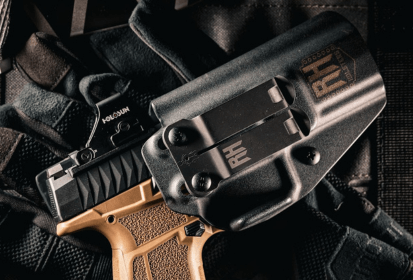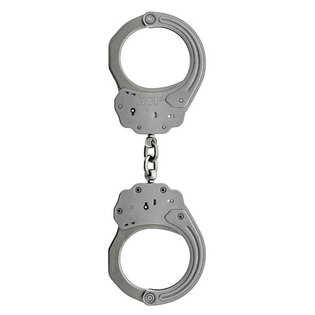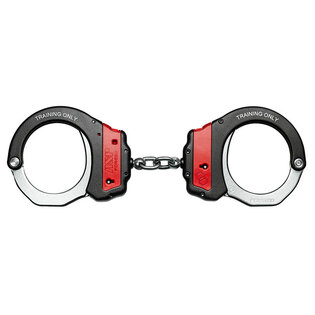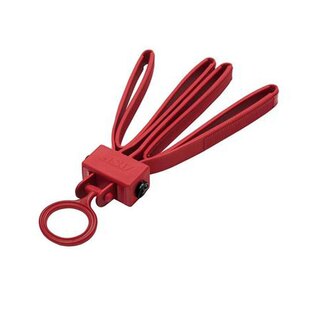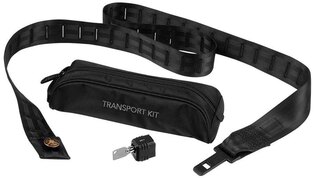A Selection of Classic and Unusual Types of Handcuffs
Law enforcement agencies worldwide utilize various types of handcuffs depending on the situation, level of security required, and practicality. From classic chain cuffs to modern disposable restraints, each design serves a unique purpose. Below, we explore several key handcuff types and their applications.

Law enforcement agencies worldwide utilize various types of handcuffs depending on the situation, level of security required, and practicality.
1. Improvised Handcuffs (Zip Ties)
Often referred to as zip tie handcuffs, these are widely used by special forces and emergency responders who need a lightweight and quick restraining method. Their mechanism is simple—a strong plastic strap is wrapped around the detainee's wrists and tightened.
✔ Advantages:
- Compact and lightweight, easy to carry in large numbers
- Quick to apply in high-pressure situations
- Effective for temporary restraint
❌ Disadvantages:
- Not reusable
- Can be uncomfortable for detainees
- Requires cutting tools for removal
2. Disposable Textile Handcuffs
At first glance, textile handcuffs may seem weak, but their specialized locking mechanism ensures high tensile strength and durability. They are commonly used by police forces in the Czech Republic and Slovakia, among others.
✔ Advantages:
- Extremely strong, capable of withstanding 140kg (308 lbs) of force
- Lightweight (22g), making them easy to carry
- Only removable with a special cutter, ensuring security
❌ Disadvantages:
- Single-use only
- May be more challenging to apply than plastic versions
3. Disposable Plastic Handcuffs
A more durable alternative to textile restraints, plastic handcuffs are widely used due to their ease of use and high reliability. Their controlled locking mechanism provides a more secure and comfortable fit compared to basic zip ties.
✔ Advantages:
- Lightweight and compact
- Stronger than textile handcuffs
- More comfortable than zip ties
❌ Disadvantages:
- Single-use only
- Can be difficult to remove without cutting tools
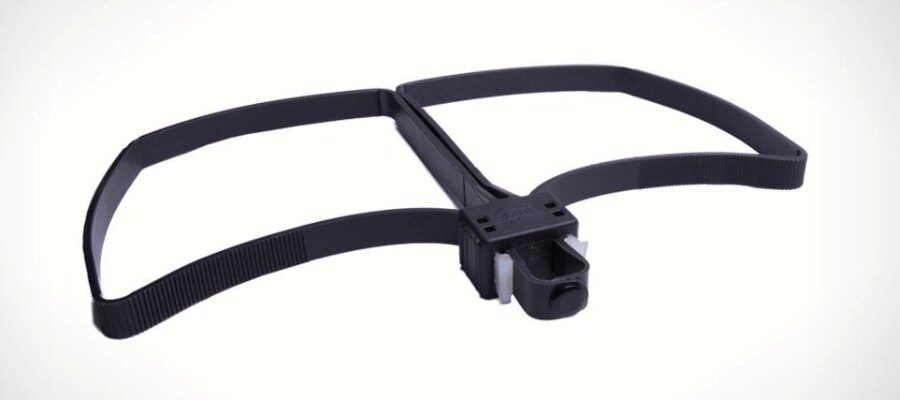
Plastic handcuffs are widely used due to their ease of use and high reliability.
4. Chain Handcuffs
These are the classic handcuffs most people recognize from movies and TV. They feature two interlocked cuffs connected by a short chain, providing some flexibility for movement.
✔ Advantages:
- Widely used and reliable
- Can be secured to objects (e.g., bars, benches)
- Easier to transport detainees compared to rigid cuffs
❌ Disadvantages:
- More flexibility may allow limited maneuverability
- Chain links can be a weak point if poorly manufactured
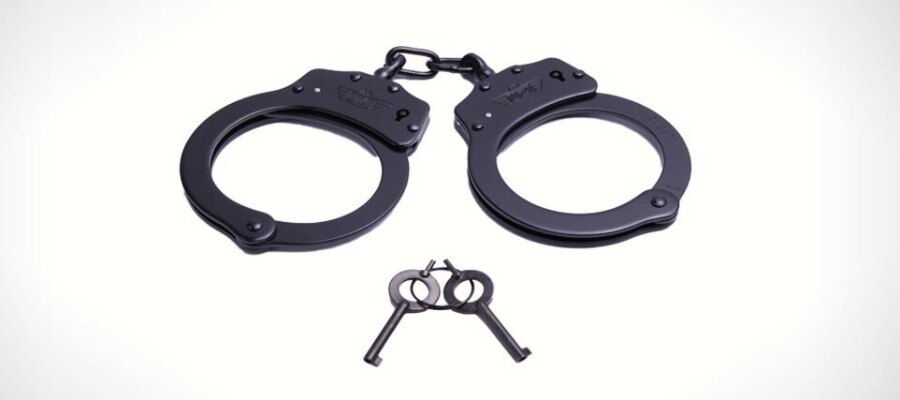
Chain handcuffs are those classic handcuffs most people recognize from movies and TV.
5. Hinged Handcuffs
Hinged handcuffs are designed for maximum security. Instead of a chain, they feature a solid hinge between the cuffs, significantly reducing wrist movement.
✔ Advantages:
- Much stronger than chain handcuffs
- Difficult for detainees to manipulate or escape from
❌ Disadvantages:
- More restrictive movement makes transportation harder
- Requires more skill to apply quickly
Example: UZI police handcuffs, known for their extraordinary durability and security.
6. Pin-Jointed Handcuffs
These combine features of both chain and hinged handcuffs, offering greater flexibility without sacrificing security. The pin joint allows some controlled movement while still restricting escape attempts.
✔ Advantages:
- More secure than chain cuffs, but more flexible than hinged cuffs
- Ergonomic design without sharp edges, ensuring safety for both officers and detainees
❌ Disadvantages:
- Requires a special key for unlocking
- Not as common as other types

Pin-Jointed Handcuffs are more secure than chain cuffs, but more flexible than hinged cuffs.
7. Rigid Handcuffs
Rigid handcuffs are designed for maximum restraint. They hold the detainee’s hands close together, drastically reducing their ability to resist or move.
✔ Advantages:
- Easy to apply and provides maximum control
- Prevents excessive wrist movement, enhancing officer safety
❌ Disadvantages:
- Heavier and bulkier than other types
- Less comfortable for long-term restraint
To reduce weight, some models, such as the Ultra Rigid Identifier, use highly durable plastics instead of full metal construction.
Final Thoughts
Handcuffs are a crucial law enforcement tool, and their design continues to evolve to meet the needs of modern policing. Whether disposable restraints for mass detainment, classic chain handcuffs, or rigid tactical models, each type serves a specific purpose based on the situation.
Choosing the Right Type of Handcuffs:
- For rapid, temporary restraint: Disposable textile or plastic handcuffs
- For standard police use: Chain or hinged handcuffs
- For maximum security: Rigid handcuffs
Understanding the differences between these handcuff types helps ensure they are used efficiently and appropriately in the field.
Readers are further interested
